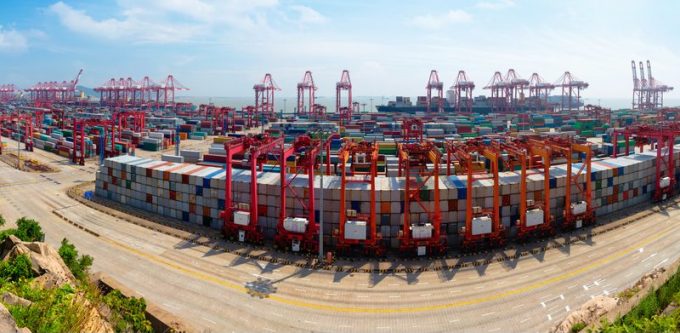Macron calls for ‘suspension’ – CMA CGM's $20bn US investment in doubt
CMA CGM’s much-heralded $20bn investment in the US could be in doubt after French president ...

CMA CGM has announced a $300 increase in FAK rates from Asia to North Europe and the Mediterranean, to $2,000 per 40ft, from 1 June.
Other carriers are rolling out similar hikes as space on the trade gets tighter, following aggressive blanking programmes by all three alliances.
According to eeSea data, carriers have so far announced the withdrawal of 28% of scheduled headhaul sailings this month, representing 37 of 130 advertised voyages.
“Most ships are running full,” a Chinese forwarder told The Loadstar ...
Volcanic disruption at Anchorage could hit transpacific airfreight operations
Macron calls for ‘suspension’ – CMA CGM's $20bn US investment in doubt
De minimis exemption on shipments from China to the US will end in May
Forwarders stay cool as US 'liberation day' tariffs threaten 'global trade war'
Looming Trump tariffs will create 'a bureaucratic monster' for Customs
Mixed response in US to 'Liberation Day', while China leads wave of retaliation
Tariffs and de minimis set air freight rates on a volatile course

Comment on this article